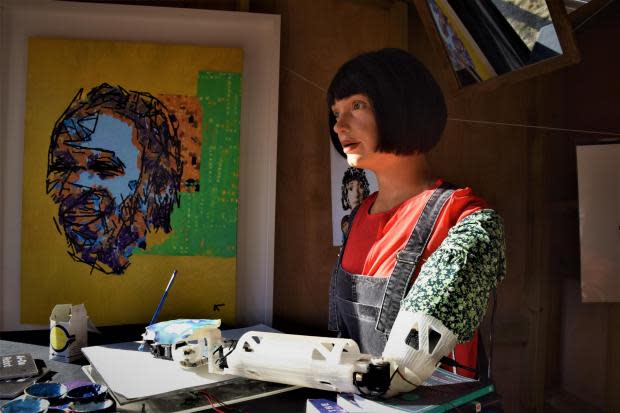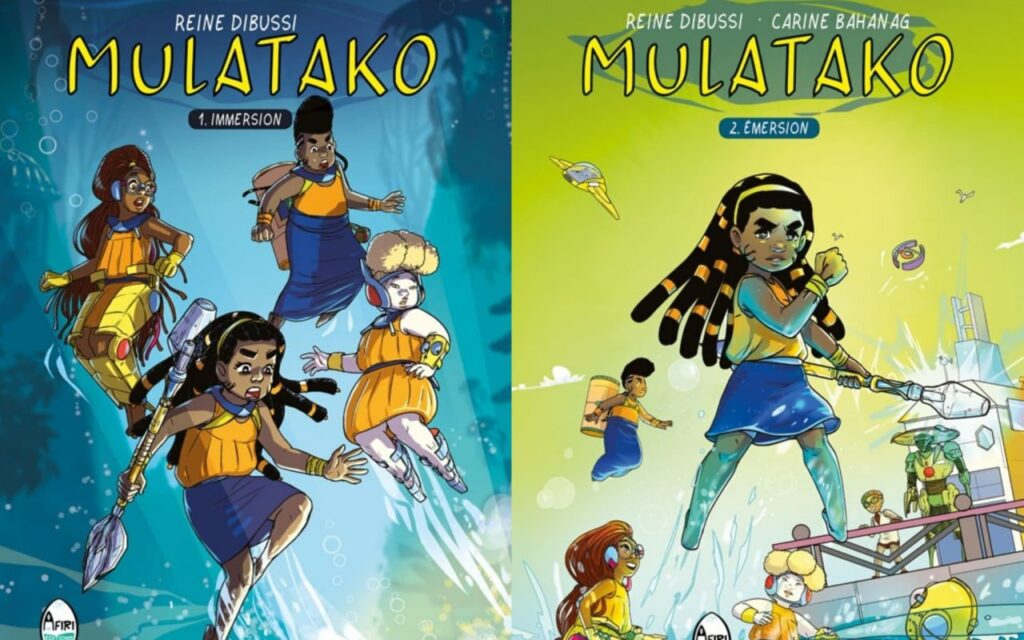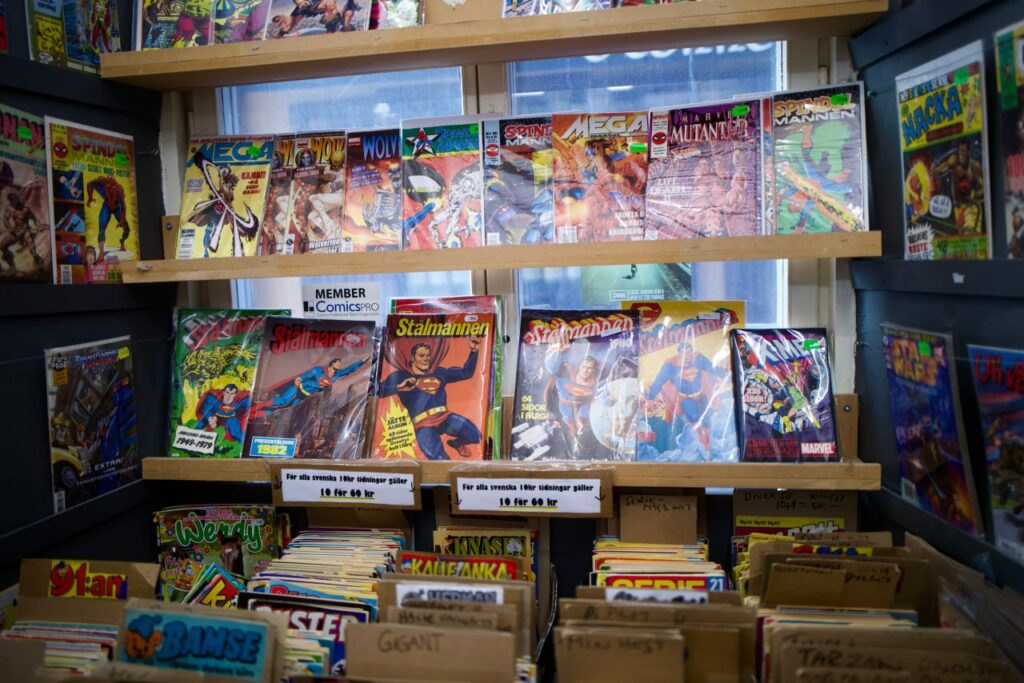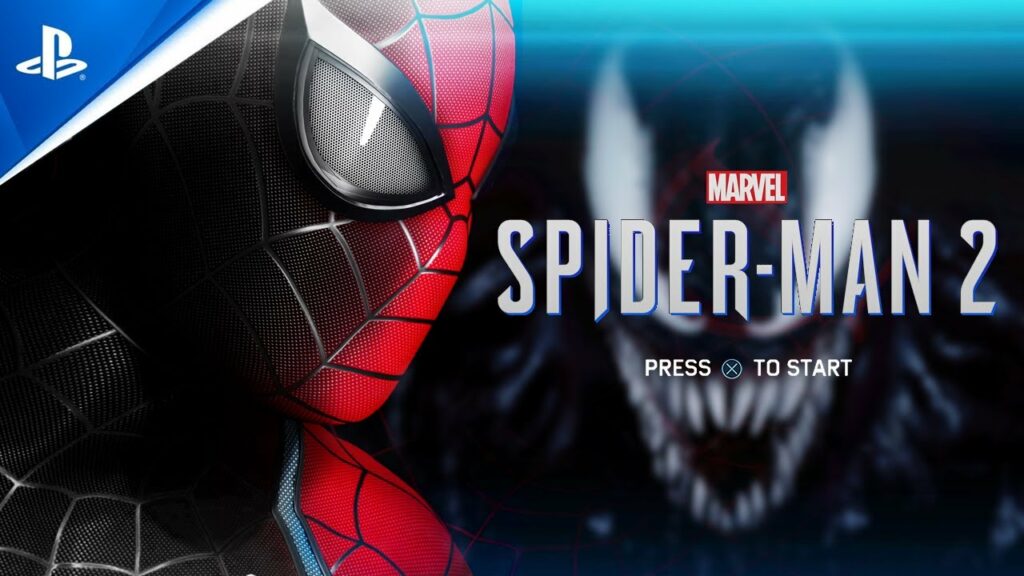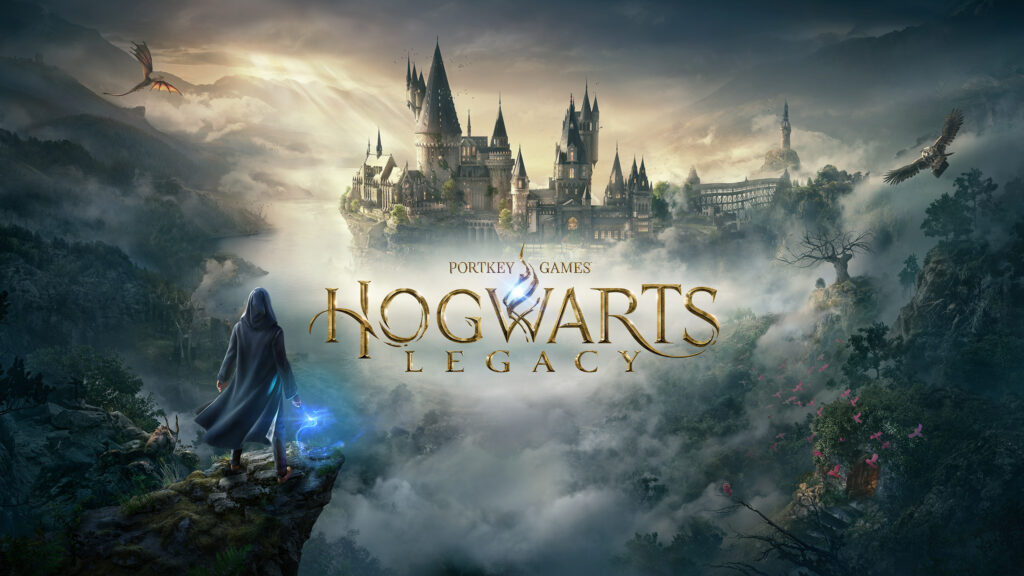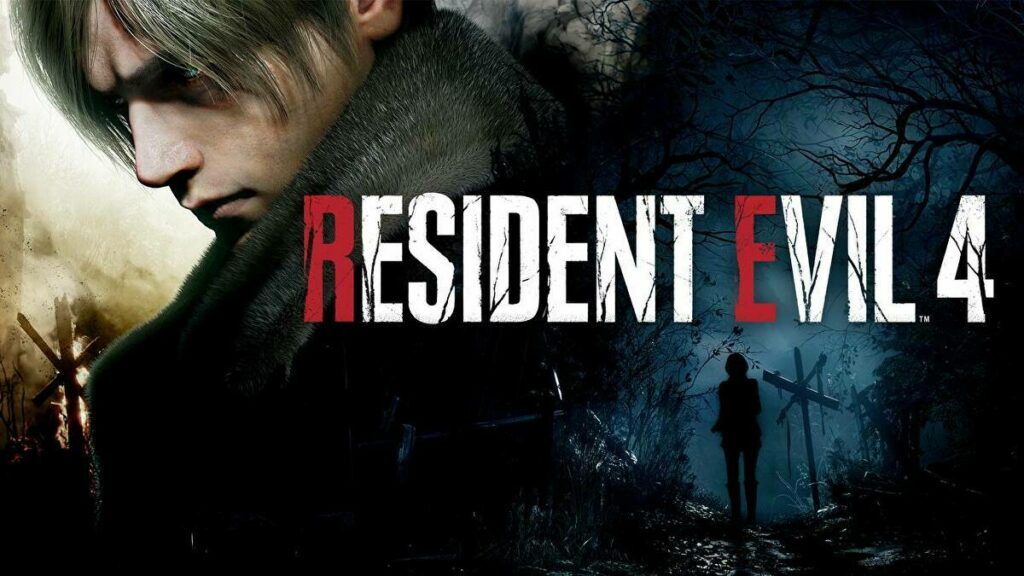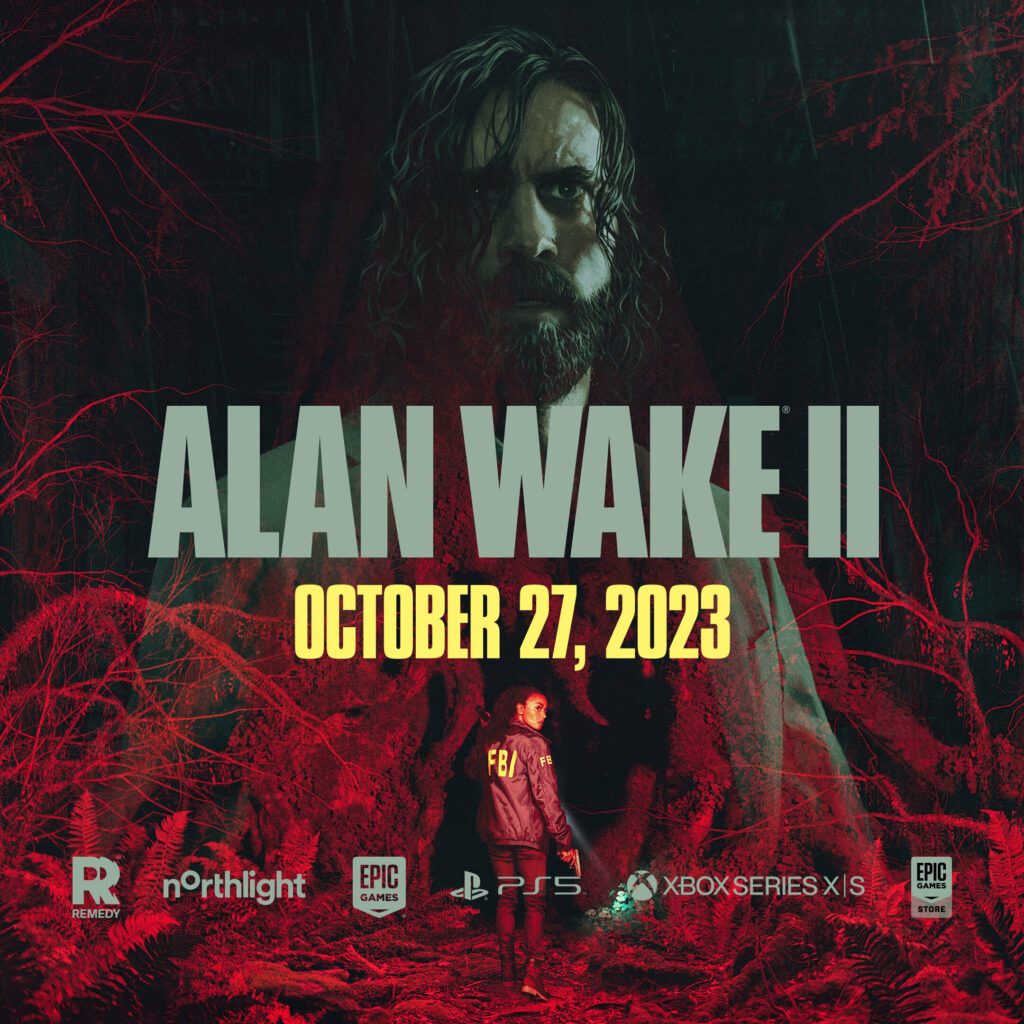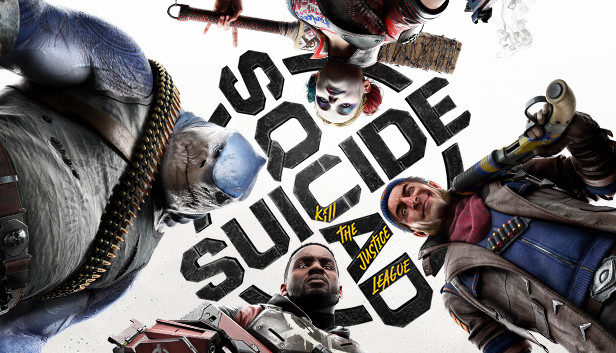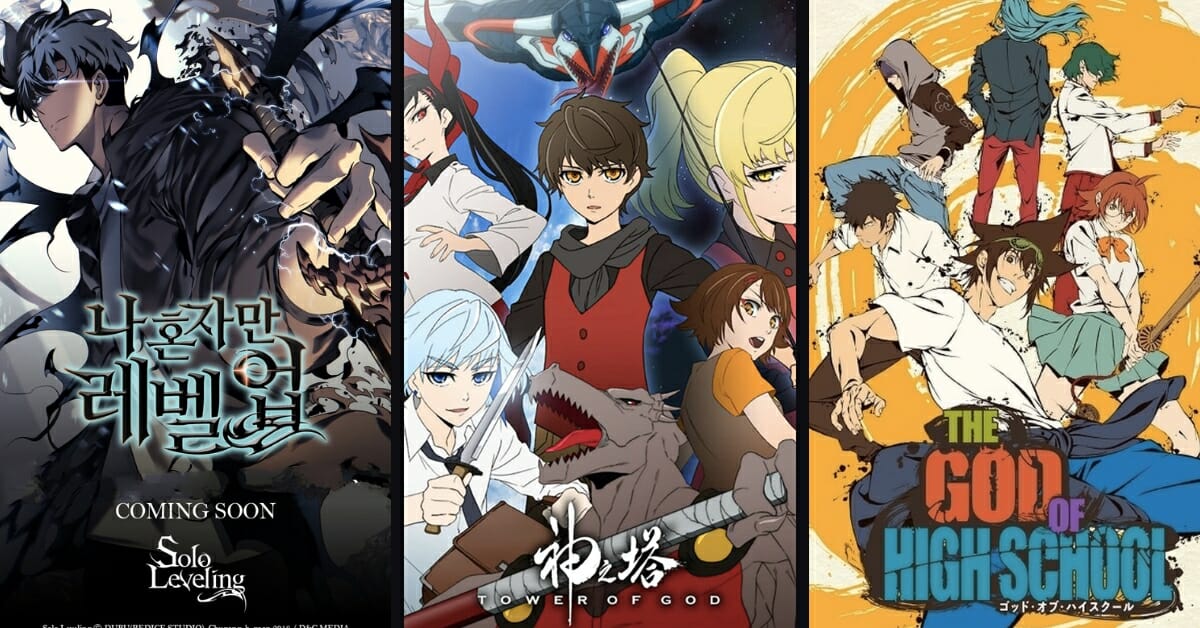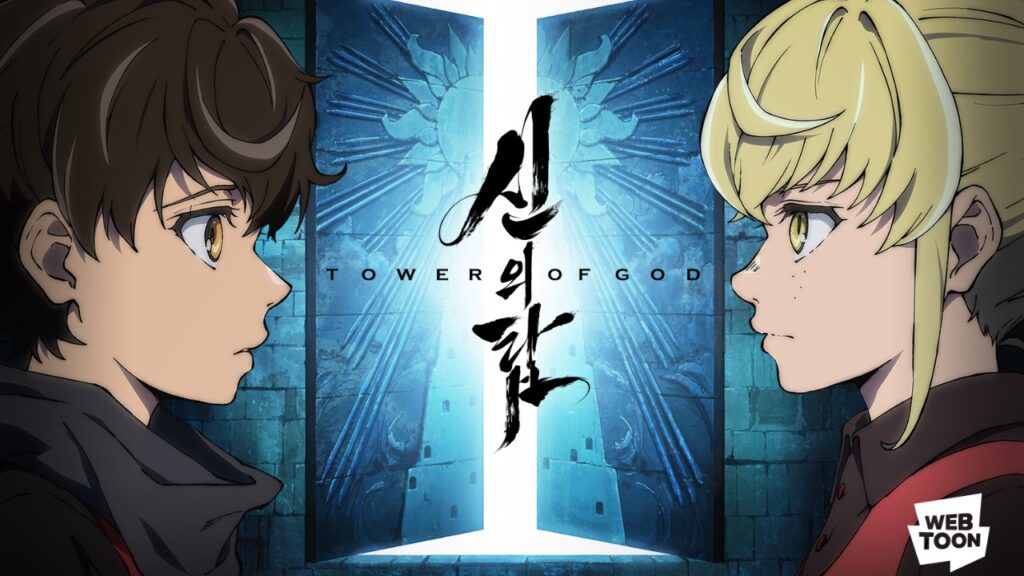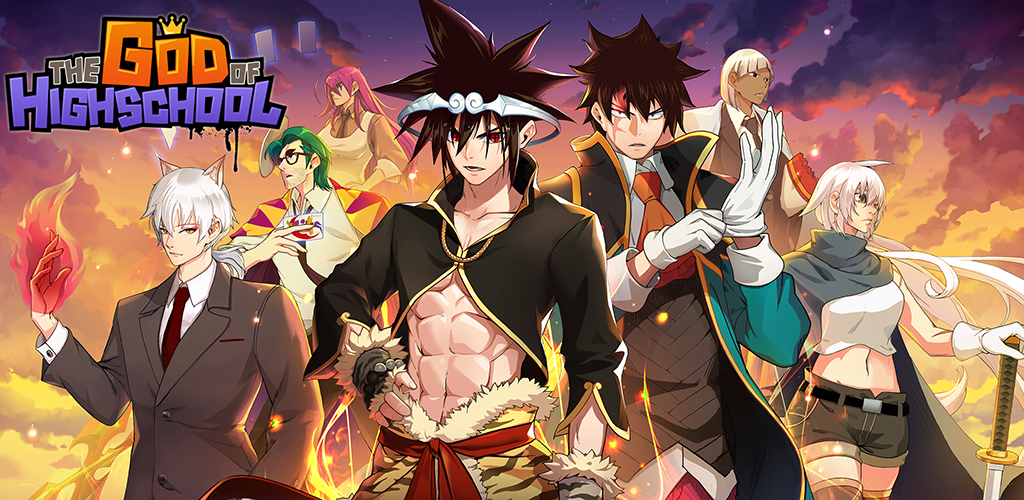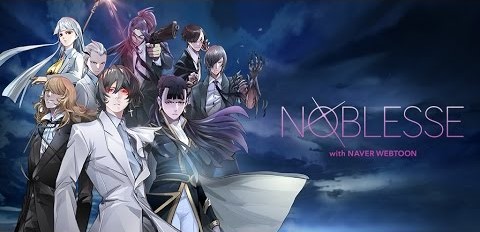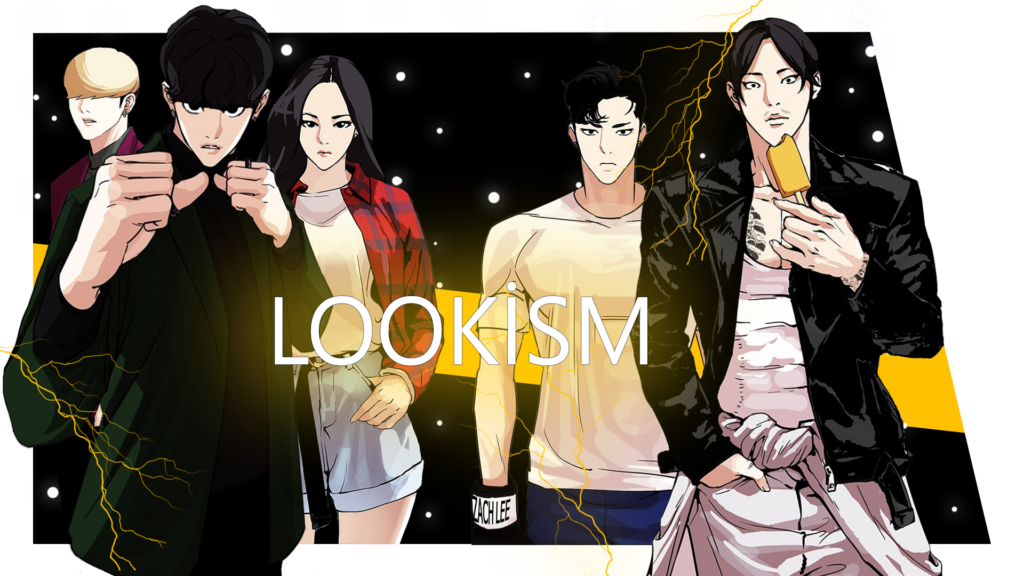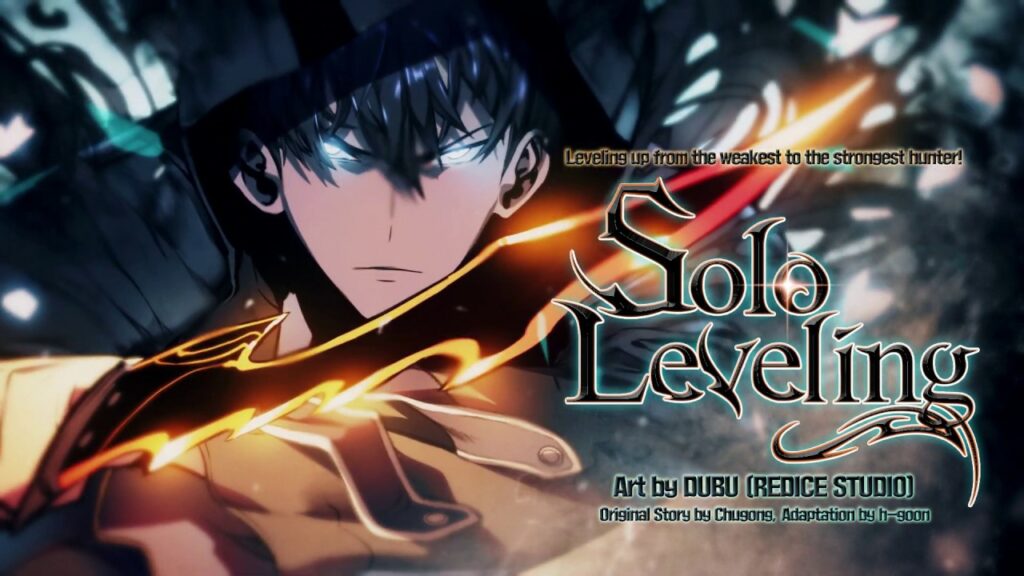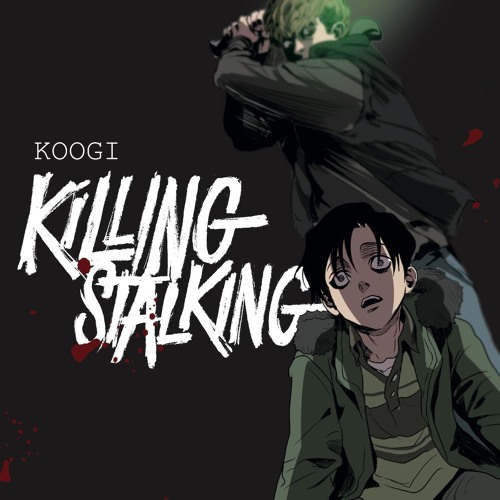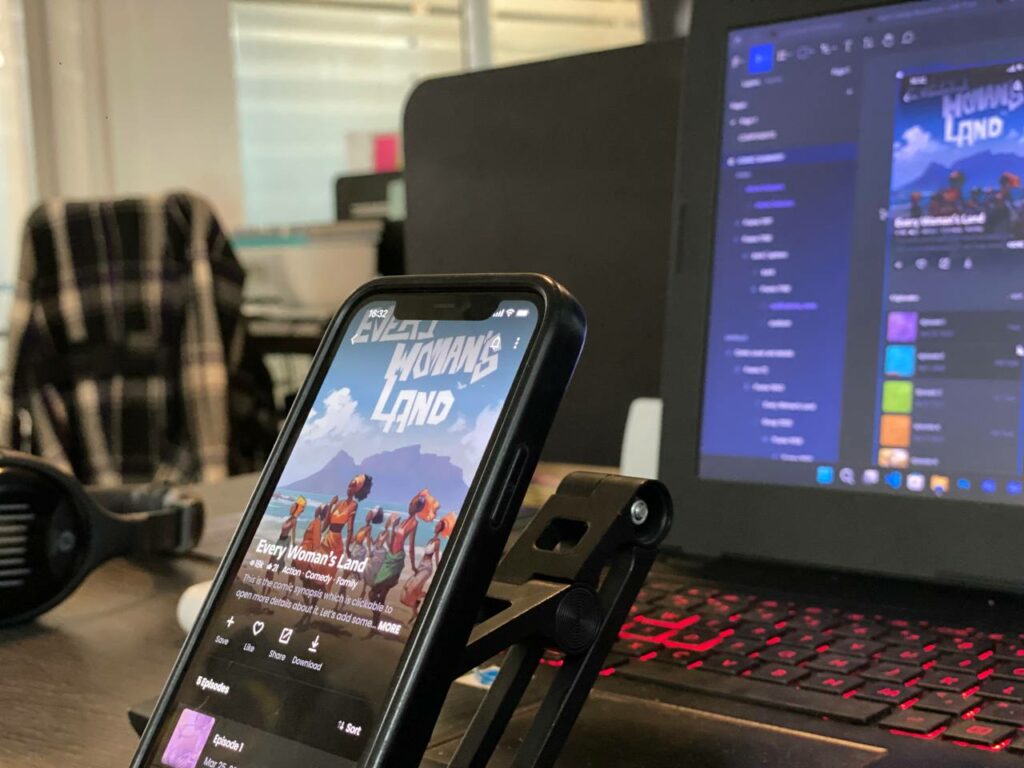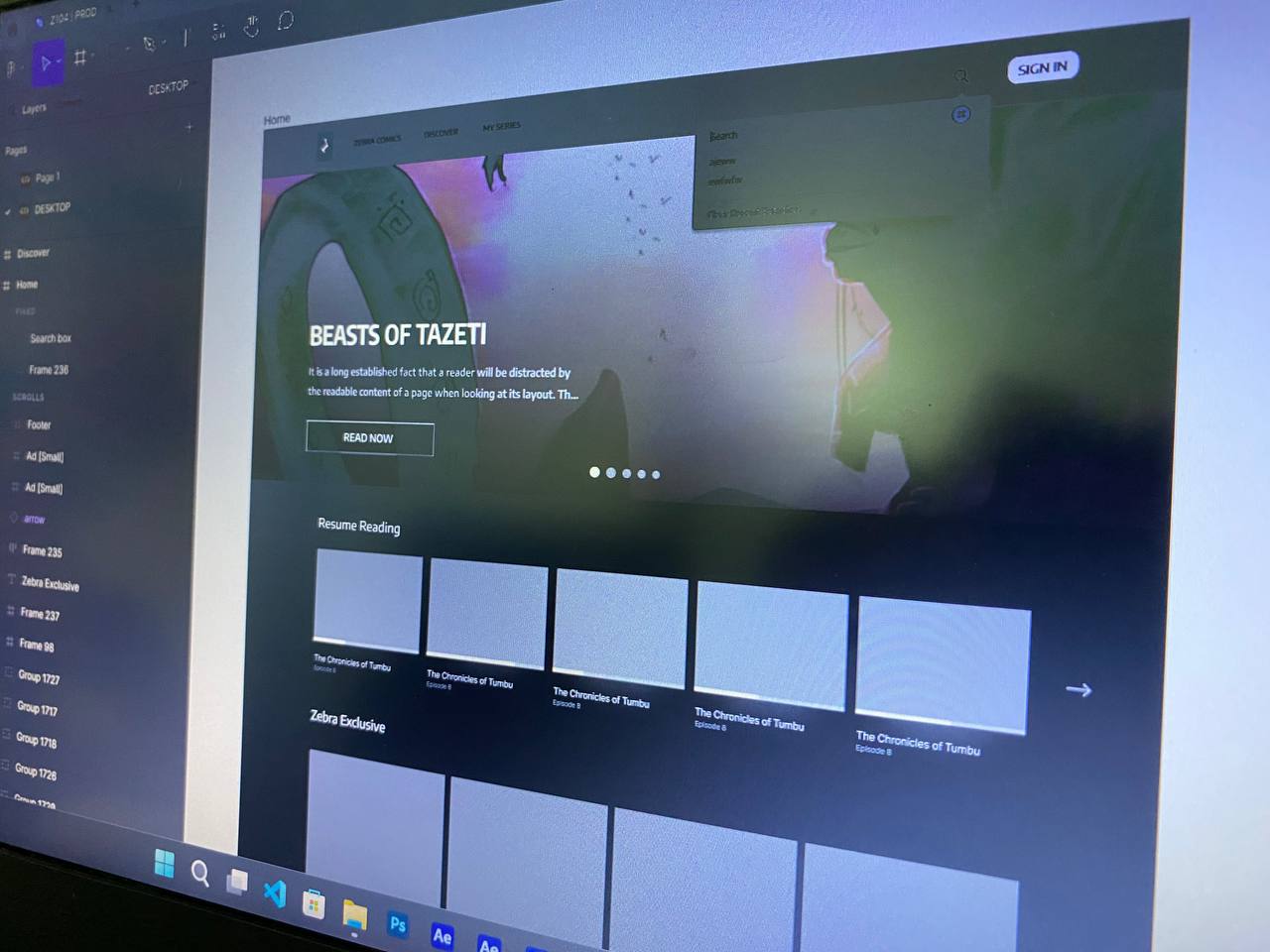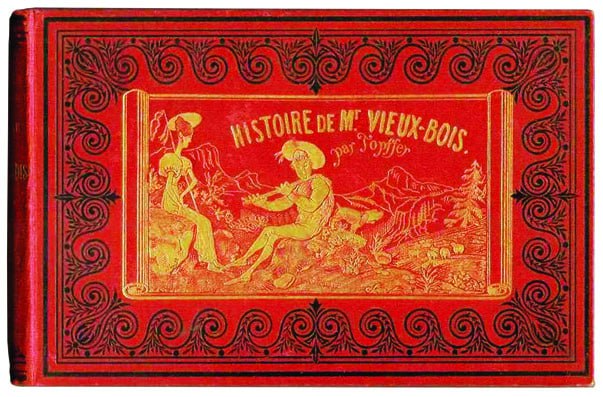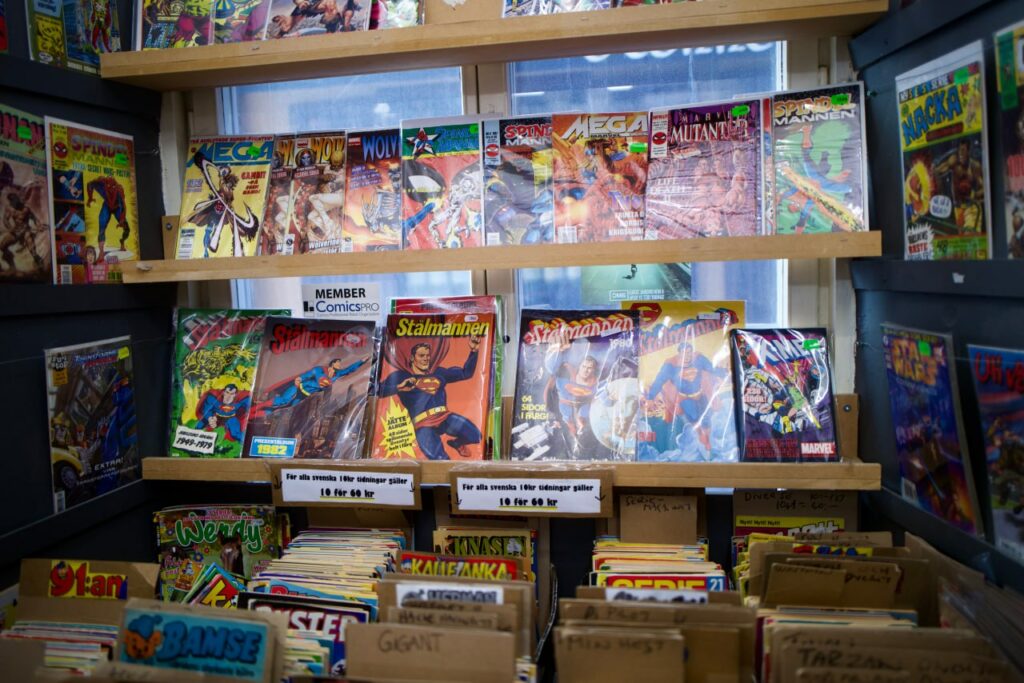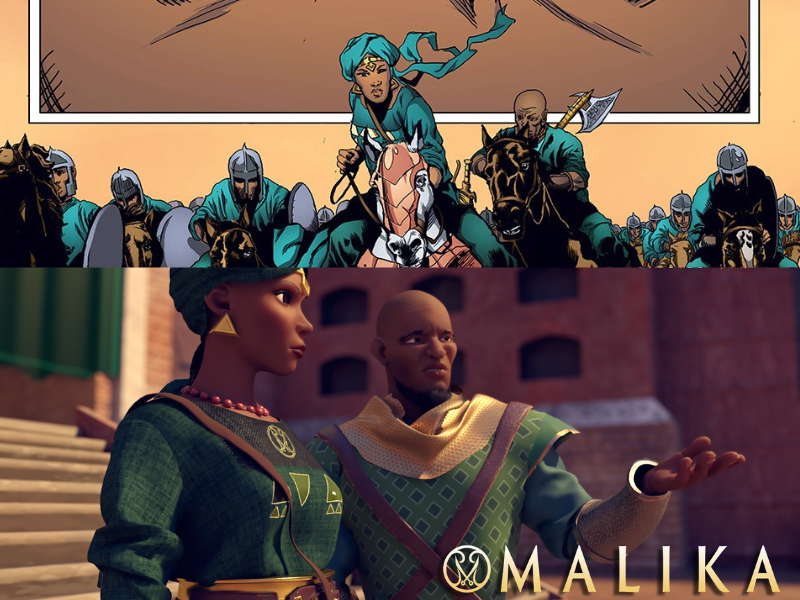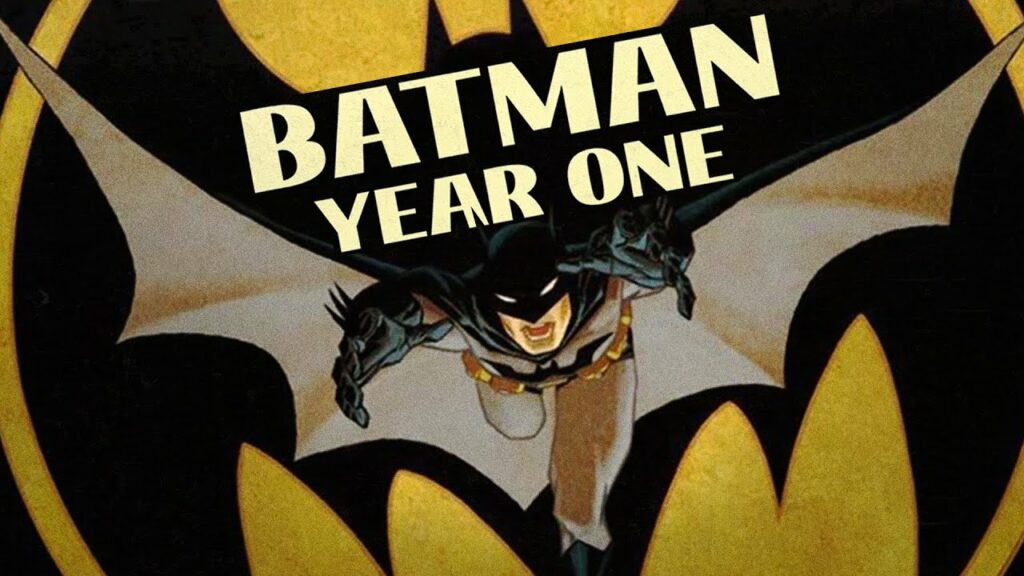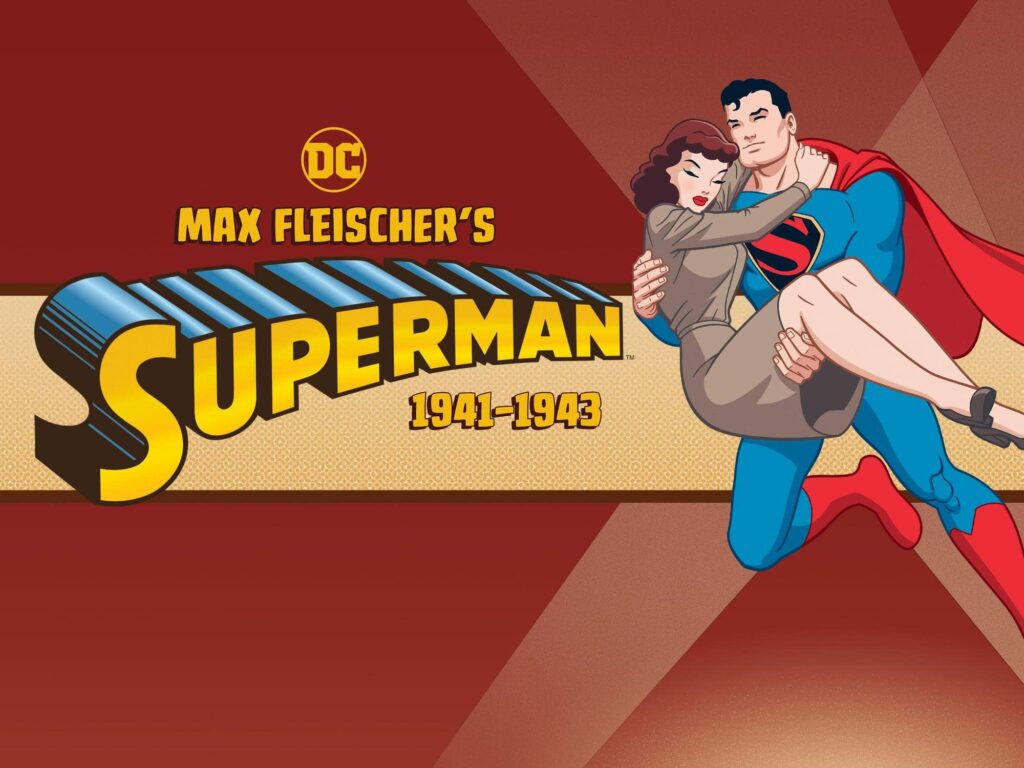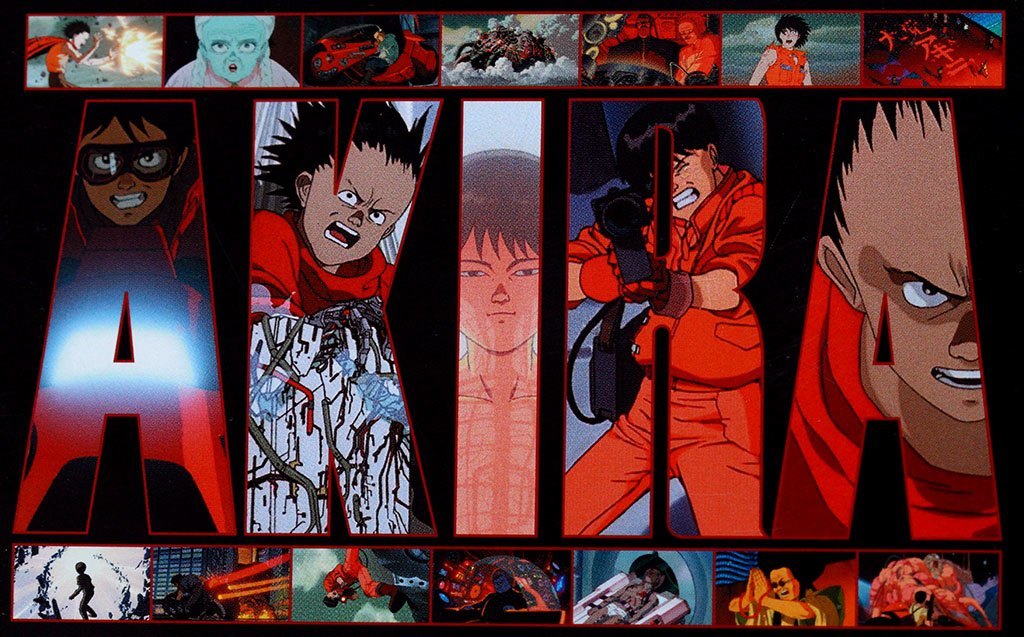A few years ago, the only digital tools which comics creators had access to were graphic design software like Adobe Photoshop, lettering software like Comic life, video streaming platforms like YouTube and search engines like Google where they could search for references and tutorials which could help them perfect their art. These tools, even though very basic today, were very important in the creation of comics digitally. Creators could easily illustrate and reproduce their works in a short time and get entire projects done in timeframes that were impossible to accomplish with traditional methods. Nevertheless, creators still had to possess a high level of skill and actually put in the work to create the comics. With artificial intelligence, this all changes as it ushers in a possibility of just imagining something and then getting it done with just a click of a button.
Artificial intelligence is defined as the simulation of human intelligence processes by machines, especially computer systems. Specific applications of AI include expert systems, natural language processing, speech recognition and machine vision. Amongst other things, artificial intelligence is used in everyday life for Voice Assistance, Personalized Marketing, Navigation and Travel, Self-driving Vehicles and Security and Surveillance.
Artificial intelligence (AI) is rapidly changing the world, and the comic book industry is no exception. AI is being used to create comics in a variety of ways, from generating storylines and characters to creating illustrations.
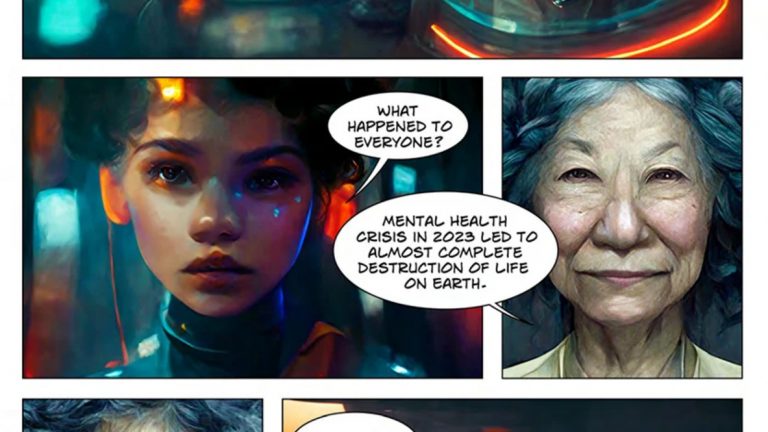
One of the most promising applications of AI in comics is the creation of storylines and characters. AI can be used to analyze large datasets of existing comics to identify patterns and trends. This information can then be used to generate new storylines and characters that are more likely to appeal to readers.
For example, AI was used to create the comic book series “Cyberpunk: Peach John”. This series was created by the Japanese publishing house Shinchosha, and it is believed to be the world’s first complete AI-generated manga work. The series tells the story of a young woman who lives in a dystopian future city. The story was generated by AI by analyzing a large dataset of existing manga works.
AI is also being used to create illustrations for comics. AI can be used to generate realistic images of characters, backgrounds, and objects. This can be a valuable tool for comic book creators who want to create high-quality illustrations without having to spend a lot of time and effort.
For example, the company Graphiti Labs has developed an AI-powered tool called Deep Dream that can be used to create realistic images of characters and objects. Deep Dream was used to create the illustrations for the comic book series “The Adventures of Obadiah the Bold”. This series tells the story of a young Nigerian boy who travels back in time to the 19th century. The illustrations in the series were created by using Deep Dream to generate realistic images of characters, backgrounds, and objects from the 19th century.
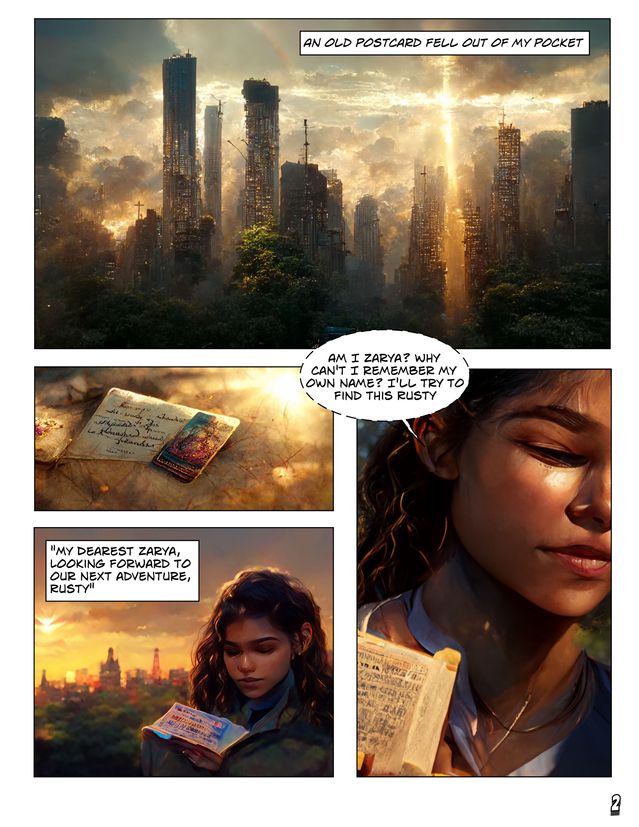
AI is still in its early stages of development, but it has the potential to revolutionize the comic book industry. AI can be used to create comics that are more engaging, more realistic, and more accessible to a wider audience.
Here are some other ways that AI is being used in the creation of comics:
AI can be used to automate tasks such as lettering and coloring, freeing up human creators to focus on more creative aspects of the process.
AI can be used to generate suggestions for plot lines, character development, and dialogue.
AI can be used to translate comics into different languages.
AI can be used to create interactive comics that allow readers to make choices that affect the story.
There are still many frowns in the comic book industry as far as the usage of AI in the creation of comics is concerned. Many argue that using AI is cheating and does not make the user a true artist. Others state that AI-created comics do not look natural and so cannot express human imagination and art. Well, whatever side of the divide you fall on, it is certain that the use of AI in the comic book industry is still in its early stages, but it is clear that it has the potential to make a significant impact. As AI technology continues to develop, it is likely that we will see even more innovative and creative uses of AI in comics in the coming years.
